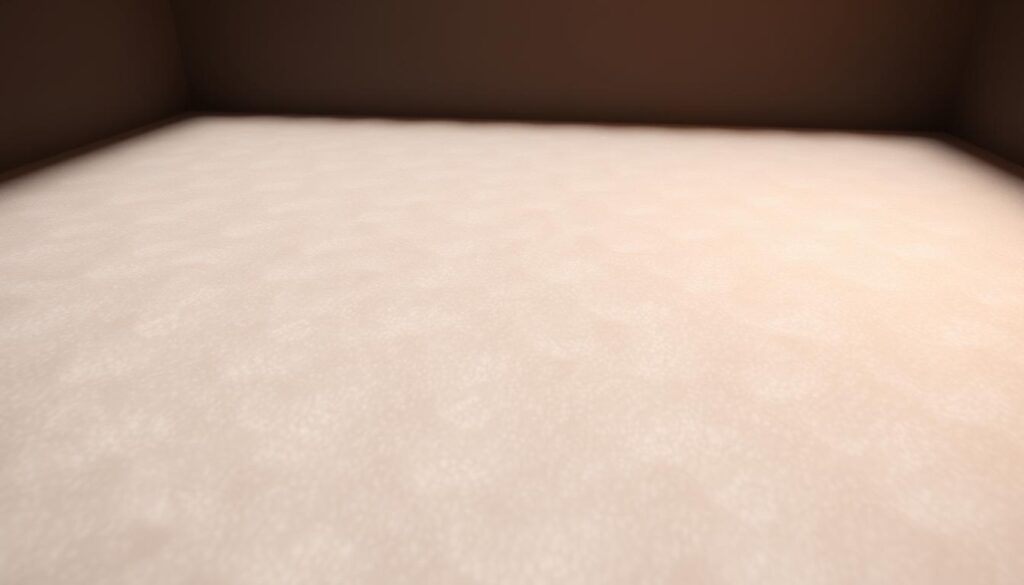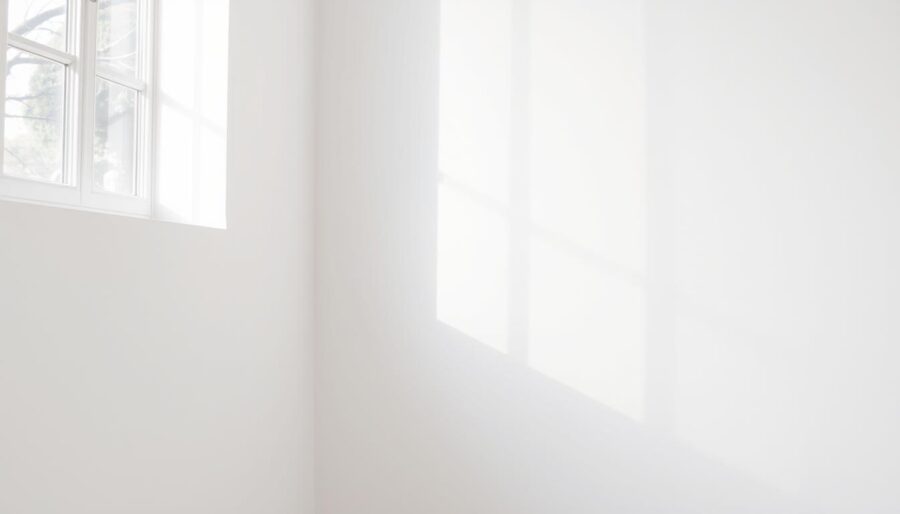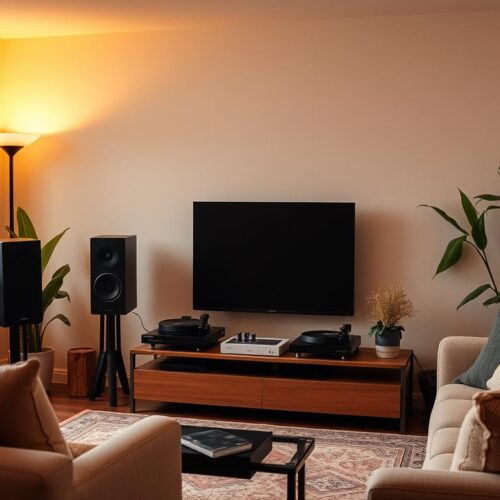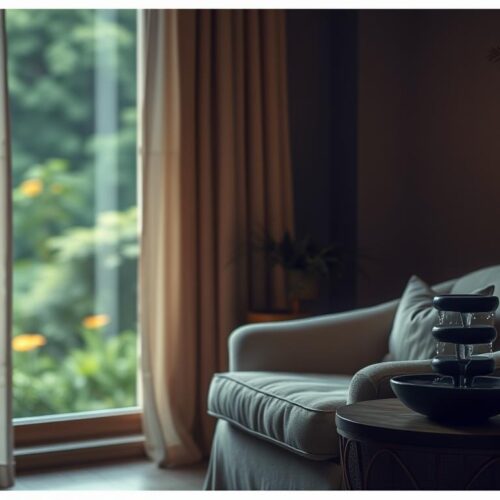You’ll learn what steady, broadband sound does for your day and why it matters. Consistent sound blunts sudden peaks that pull your attention, so you spend less energy reacting and more on getting work done.
When you add a plain hum in a room, your brain senses fewer surprises. That lowers stress and helps you shift from meetings to deep work with less fidgeting.
We’ll show how white, pink, and brown options differ so you can pick what fits your house and tasks. You’ll also get quick tips on volume, simple tools like a fan or an air unit, and a tiny test plan to try today.
Try two short sessions and note how focus and calm change. Between posts and replies about setups, people say a lot of thanks when they find a steady sound that works for them.
Why steady background sound helps you focus and feel calmer right now
A calm soundscape can reduce startle reactions and help you concentrate faster. Your brain filters thousands of cues each minute and highlights sudden spikes—like a door slam or a pet bark—so they pull your attention.
Adding a low, even sound lowers those spikes. This creates a smoother signal floor so your task stands out. Scientists call this stochastic resonance: a steady baseline can make meaningful input easier to track.
The result is less amygdala reactivity and more steady prefrontal control. That helps with planning, reading, or coding and cuts the urge to switch tasks when someone outside your window laughs or a neighbor returns late.

- Mask mid- and high-frequency intrusions like keyboard clatter, distant traffic, or cricket chirps.
- Use a bedroom source placed away from your head for fewer wake-ups from neighbors or a restless pet.
- Quick relief: run HVAC fan mode, play a neutral track, and seal small gaps where whistling leaks in.
- Pair sound with a start cue—set a study timer; your brain learns to settle faster.
Place one source near the entrance or a reflective wall for even coverage. That simple change lowers cognitive load in open-plan homes and helps you keep your train of thought.
Practical ways to add indoor white noise at home
A few easy swaps—fans, a purifier, or a fountain—can cut interruptions and help you settle into work.
Start simple: run a box fan or tower fan on low to medium for a steady hum that cools and masks spikes. Place it so airflow feels natural but not gusty at your desk.

Repurpose what you own. An air purifier with a constant motor tone works well as a directional masker. Put the purifier between your workspace and the doorway or window to blur speech and outside air sounds.
- Try a small fountain or compact waterfall for soft, non-repetitive water texture.
- Set up multi-source coverage in a larger house: a purifier in the living room and a fan in the hall.
- Build a short routine: switch on the device, start a 50–90 minute focus timer, and keep it on during breaks for consistent cues.
| Device | Best Placement | When to Use |
|---|---|---|
| Fan | Near desk, low speed | Quick, low-cost masking and cooling |
| Air purifier | Between work spot and door/window | Directional masking in shared rooms |
| Fountain / Waterfall | On a side table or shelf | Natural texture to soften sudden sounds |
Small things add up: rugs, plant clusters, and soft furnishings reduce reflections. Test placement, note replies in posts or replies from housemates, and switch to a deeper profile if speech still pulls you away.
Setup tips, safety, and fine-tuning for the best results
Positioning and motor choice make the difference between a helpful hum and a distracting buzz. Angle a fan so it bounces off a wall. Place an air purifier between your desk and common entry points to mask speech and street sounds.
Keep volume at a comfortable level that hides chatter but does not force raised voices. In the bedroom, set a deeper profile and keep the unit several feet from your head for overnight comfort.
- Pick devices with steady motors; avoid cycling patterns that draw attention over the year.
- Isolate units with silicone feet or a mat to cut rattles through furniture.
- Secure cords and avoid ultrasonic features so your pet stays safe and calm.
- If you hear obvious loops or repeats, switch to a randomized track or a longer file.
- For shared walls or a window facing the street, place sources along the adjoining wall or near the window to blunt outside intrusions and reduce neighbor complaints.
| Tip | Best placement | Why it helps |
|---|---|---|
| Fan | Pointed at reflective surface, away from body | Diffuses output and avoids drafts |
| Air purifier | Between desk and door/window | Directional masking; clears air while reducing speech |
| Fountain / waterfall | Side table, low flow | Natural texture without repetitive loops |
Conclusion
Start simple: pick one reliable source today—a fan, an air purifier, or a low‑level app—and run it through your next focus block to create constant sound that softens disruptions.
The core idea is easy: a steady, neutral hum raises the floor so sudden spikes from a hallway, a window, or a cricket chorus matter less. That gives you more uninterrupted minutes on task.
Begin in the room where you work. Place the device between you and the main noise source, aim for even coverage, and avoid short loops. Log how you feel after two sessions this week.
Keep comfort and safety first—moderate volume, adequate distance, and routine maintenance for a purifier or fountain. If a larger house needs help, add a second low source for broader coverage.
Set a timer, share useful settings in posts or replies, and iterate. Small, steady changes yield clearer focus and calmer days.




